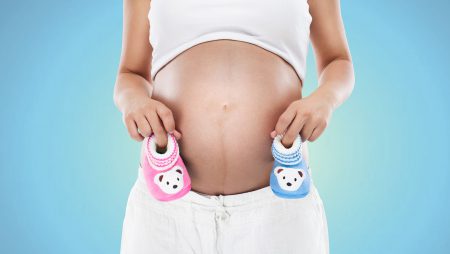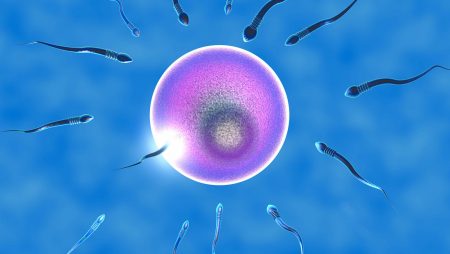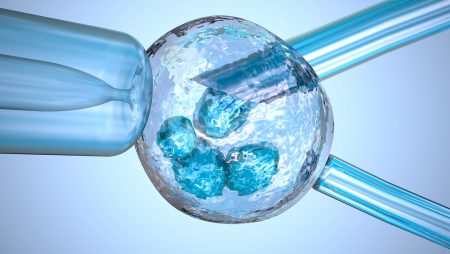In vitro fertilization is the development of eggs, the collection of eggs, the integration of eggs into the laboratory sperm, and the placement of embryos in the uterus.
What is IVF?
(In Vitro Fertilization-IVF) is a treatment method that can be applied to couples who want to have a baby but cannot have a baby for various reasons. IVF treatment aims to fertilize the egg and sperm in the laboratory; to place the resulting embryos in the uterus and to make the mother-to-be pregnant. With these methods, mothers and fathers-to-be are involved in a process with various stages. No matter how promising this process is, we care about couples who choose us for IVF treatment feeling peaceful, understood and safe above all else. In line with this goal, we base each situation of the couples on the principle of individuality, which is unique to the person.
If mothers-to-be under the age of 35 have regular sexual intercourse for 1 year, mothers-to-be over the age of 35 for 6 months, and mothers-to-be over the age of 40 for 3 months, but pregnancy has not occurred, it is recommended that they consult an IVF specialist to be evaluated for infertility.
For pregnancy to occur, eggs, sperm and uterus (womb) are needed. Each of them must be evaluated separately for infertility, and the fallopian tubes, which act as a kind of channel or bridge, should not be forgotten. In cases where there is no egg and sperm, IVF cannot be performed, and donation treatments are tried to solve this.
IVF treatment aims to detect the problems that exist in women and men and to have children by finding solutions for these problems. After the existing problems are resolved through tests and examinations performed to detect these problems (such as surgery, etc.), the prospective parents are taken into the treatment process.
For IVF treatments, there is no official marriage requirement in the country where our clinic is located. In addition, since the number of embryos planned to be transferred is a maximum of 3 according to the law, which is more than in many countries, the chance of success is many times higher. Therefore, we offer an attractive option due to the fact that there is no marriage requirement and the number of embryos transferred.
IVF Treatment Process:
In cases where the egg and sperm cannot functionally unite naturally or if they do, healthy fertilization cannot be achieved, the fertilization process is carried out by expert embryologists in a laboratory environment. Even if the problem is sperm-related, one of the main purposes of the treatment is to stimulate the expectant mother’s ovaries.
The treatment is started on the 2nd or 3rd day of the expectant mother’s menstrual period. If there are no asynchronous egg development, cysts, etc. as a result of the examination, hormone tests such as Estradiol-Lh-Progesterone are performed and the treatment is started. A treatment method suitable for the expectant mother’s age, weight and egg reserve is determined in the treatment. The most preferred of these methods is the antagonist method known as the short protocol. In this method, hormone injections that stimulate the ovaries are started at the appropriate dose. The duration of the treatment varies from person to person, it takes a little longer in people with a high egg reserve (such as PCOS), and is completed in an average of 10-14 days. During this process, the number, size, development speed of the eggs and also the uterus are evaluated with a vaginal ultrasound every 2-3 days.
In this treatment, the examinations can be done in the country you are in. If you have your own doctor, you can be under his control or under the control of a doctor we recommend.
When the eggs reach a sufficient number and size (18-20 mm), a cracking needle is given and the egg collection process is planned for 34-36 hours later.
The last injection of the treatment and the cracking needle is defined as the hcg injection. The day and time of administration are very important. It is one of the important procedures that affect the success of the treatment. The time difference between countries should also be taken into account when determining the time of the injection. If there are more than 20 follicles in the ovaries and the E2 (estrogen) hormone is 3000 and above, a special cracking needle is applied to prevent the development of the complication known as OHSS. OHSS (Ovarian Hyperstimulation Syndrome) is defined as a very serious complication in which there is excessive growth in the ovaries and fluid leakage out of the vein. In this case, the embryos are frozen and the transfer is planned in the following months.





